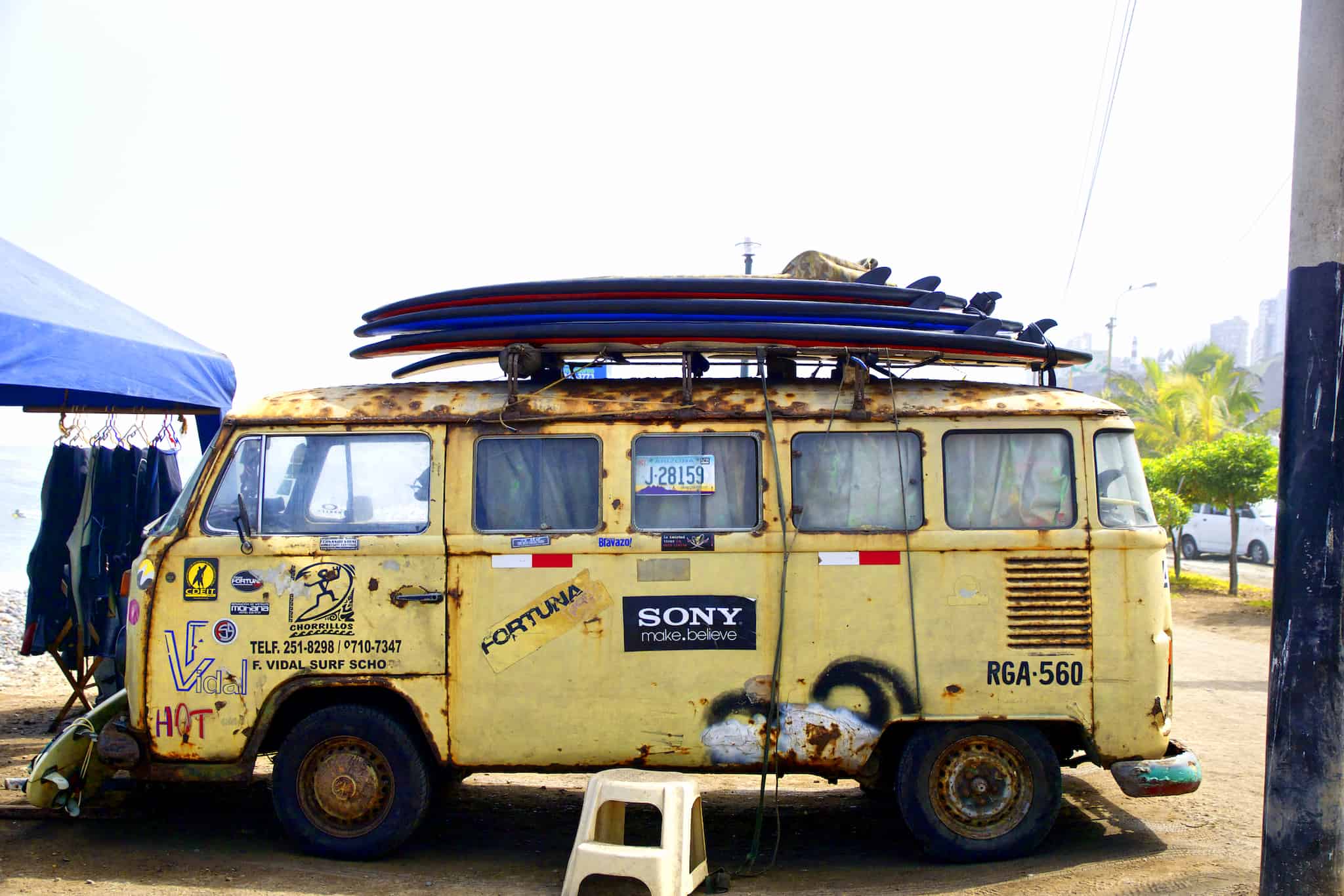Head to the beaches on any fine-weather day in Peru and you’ll see dozens of surfers heading out to catch a wave…
All Peruvians know about the great surfing that’s available along the coast, but surprisingly few tourists seem to hang 10 in Peru.
The different geographies along the shoreline create very different surfing conditions. During peak season, which is March to October, traveling from north to south can provide a huge variety of surf experiences within just a few hours’ drive of each other.
Órganos in the north can be surfed nearly year round. The temperatures are mild and the waves are well-formed. This region is better for intermediate to advanced surfers. The area is somewhat deserted and there are no nearby accommodations.
 Creativecommons.org/Geraint Rowland
Creativecommons.org/Geraint Rowland
Not far away, Máncora offers an easier environment for beginners. The water is warm and deep and the waves break equally to the left and right. This is a small fishing village-turned-backpackers paradise, and there are some accommodations to be found. Both Órganos and Máncora are two hours from the larger city of Piura, so traveling daily from the city is not a good option.
Farther down the coast, Cabo Blanco is a little chillier and most surfers will time their visit between October and January. The air is warm but the water is quite cold in the winter. Long, tubular waves break on coral reefs presenting conditions that are a bit dangerous for beginners, but a blast for the more experienced surfer.
 https://www.flickr.com/photos/msakr/
https://www.flickr.com/photos/msakr/
Lobitos can be hard to find but is popular enough to be surfed year round, despite the colder water. The region is deserted except for beach-campers and you’ll need a car to get there. For advanced surfers however, the variety of waves between three separate surfing points makes for a very fun day on the water.
Another cold-water beach, Huanchaco, is close enough to a town that surfers can head home to warm up if necessary. The waves are constant and variable, creating an excellent surfing experience for beginner and intermediate surfers. Peaks can reach two-metres at times, depending on the swell.
In Chicama and nearby Malabrigo, the cold waters don’t deter beginners when the air is warm, although slightly more advanced surfers will stick around for the larger, winter waves, despite the colder temperatures. This is where you’ll find the world’s longest left wave, along with some two-metre tubular waves.
 https://www.flickr.com/photos/surfglassy/
https://www.flickr.com/photos/surfglassy/
Pacasmayo is a summer surfer’s paradise. Strong currents and well-formed tubular waves make the chilly water a lot easier to bear for advanced surfers looking for a four-metre experience.
A number of areas are quite close to Lima and setting up a home base in the city will give you easy access to any of them. Costa Verde, Cerro Azul and Senoritas are suitable for beginners, but most of the other beaches require some skill to surf. Some, such as Pico Alto and La Herradura, are recommended for very experienced surfers only.


